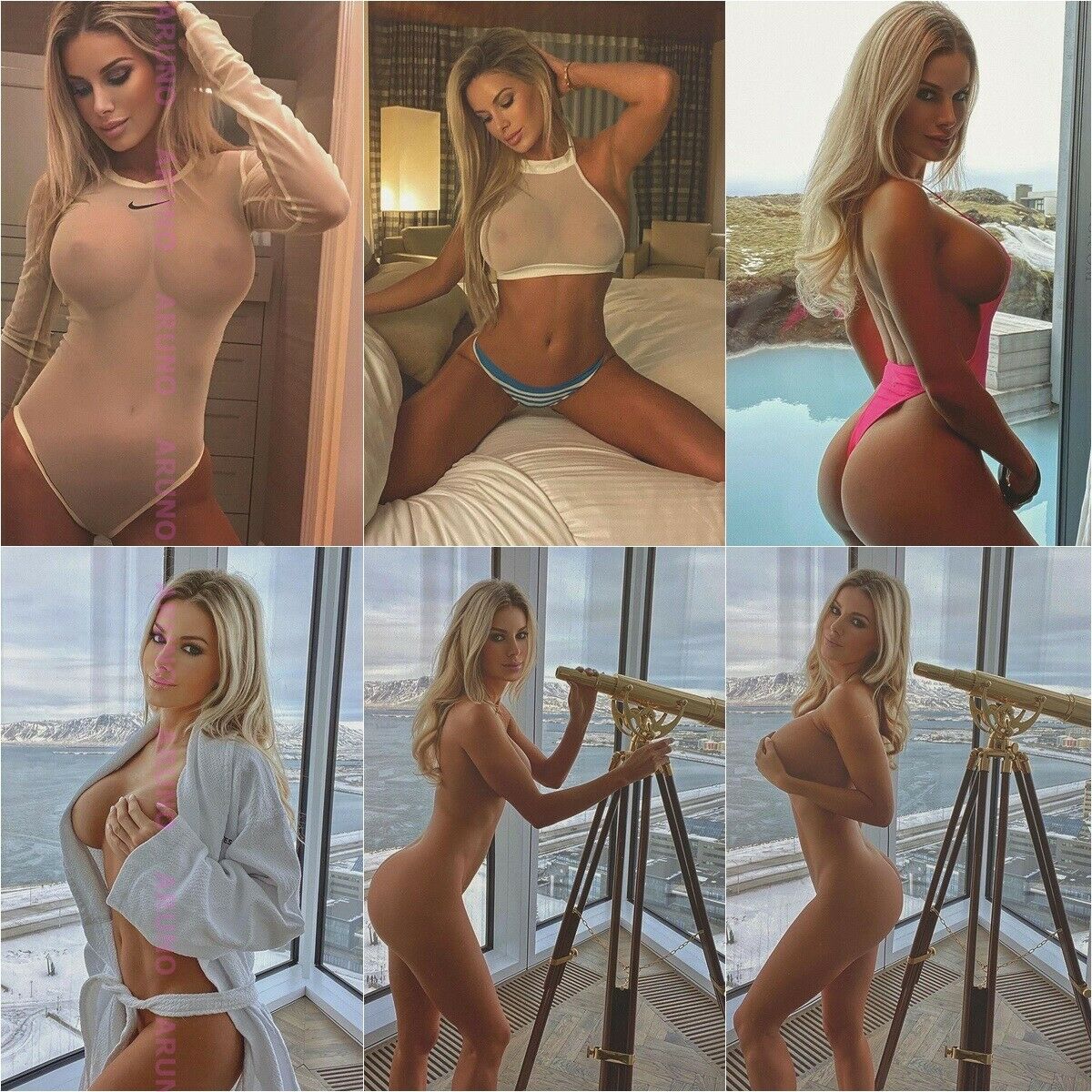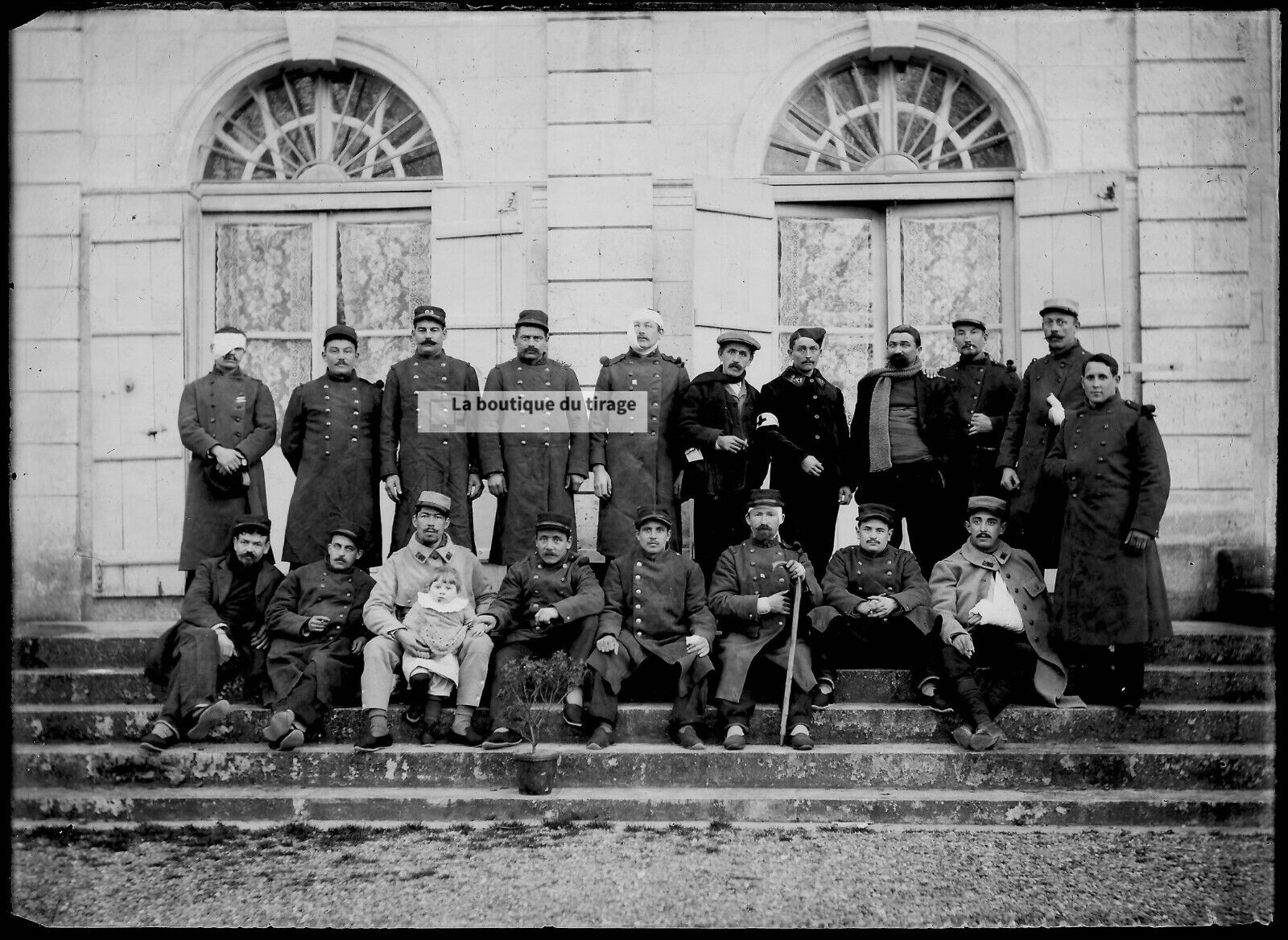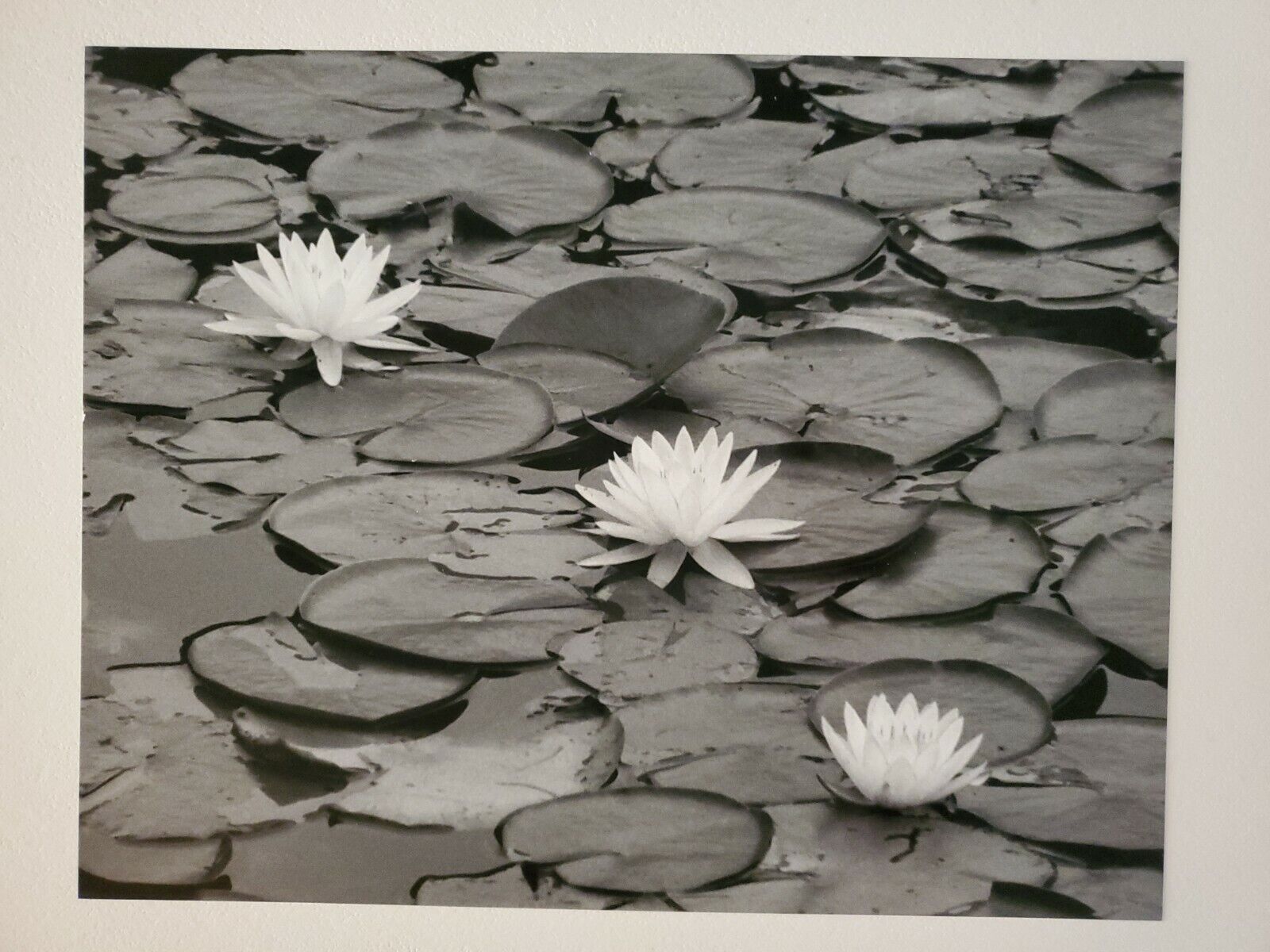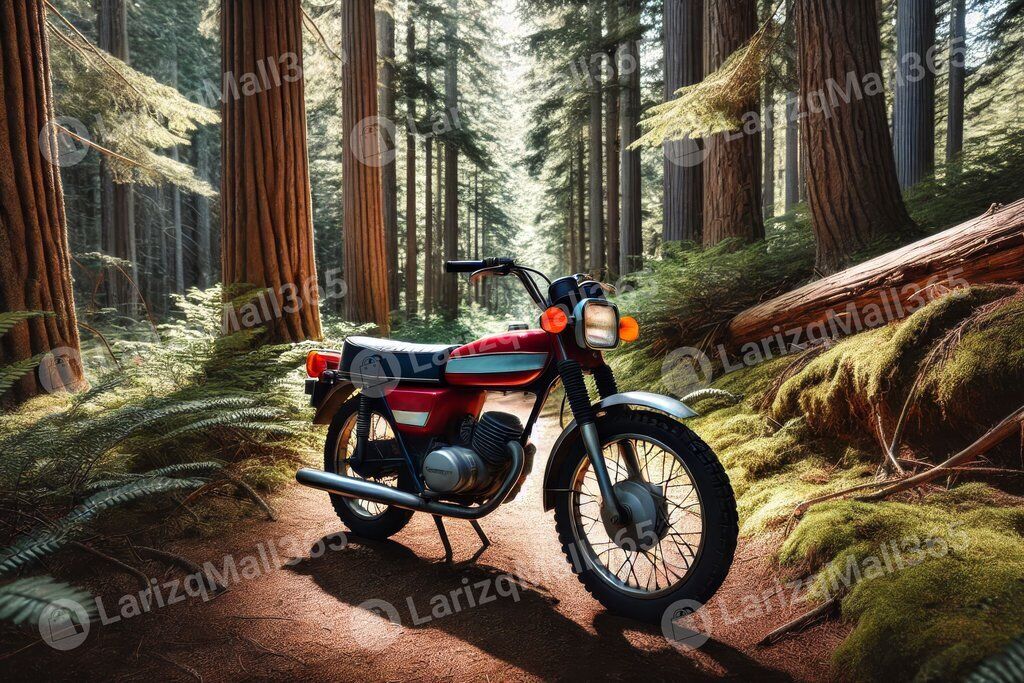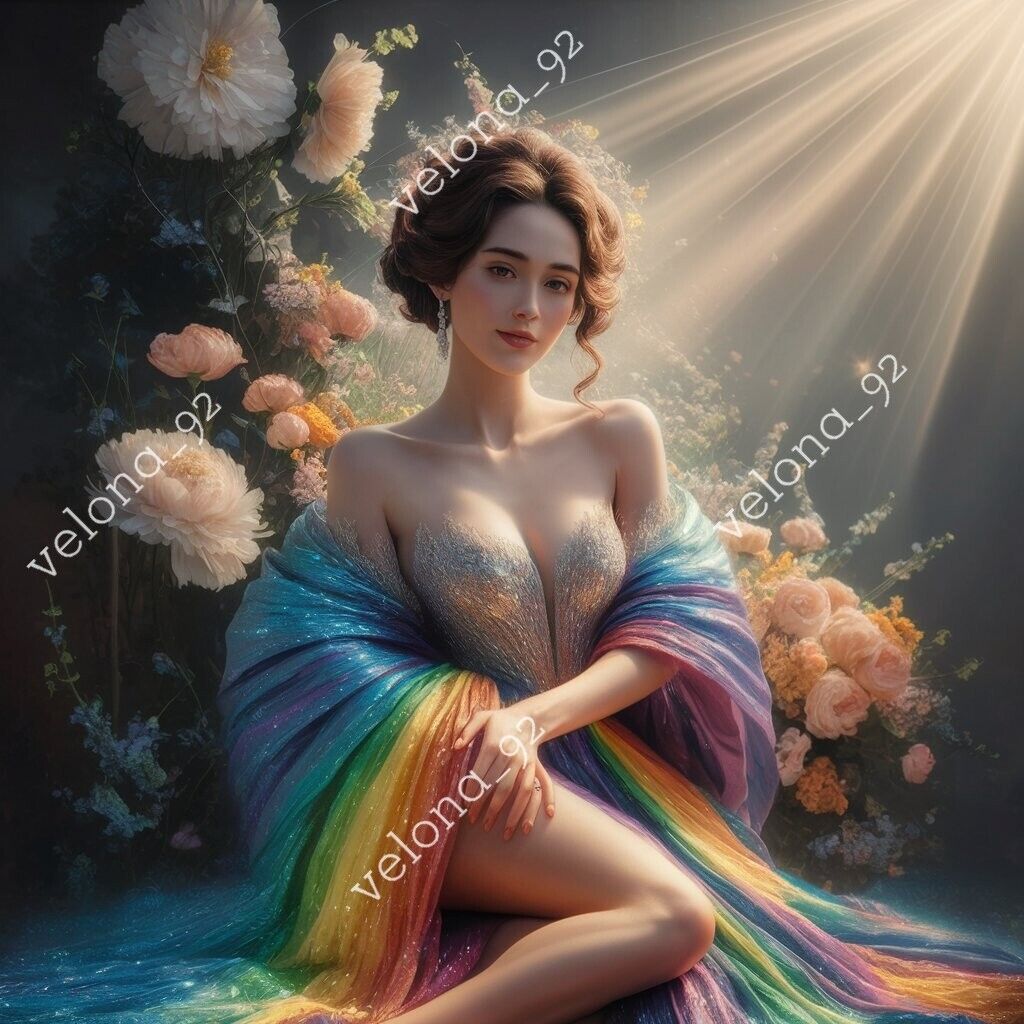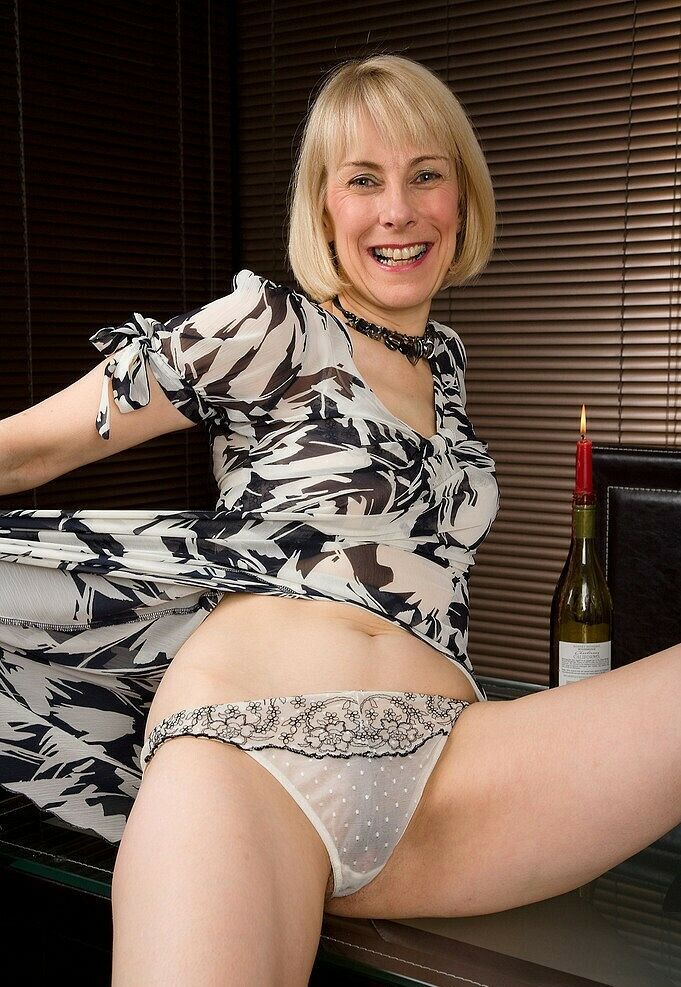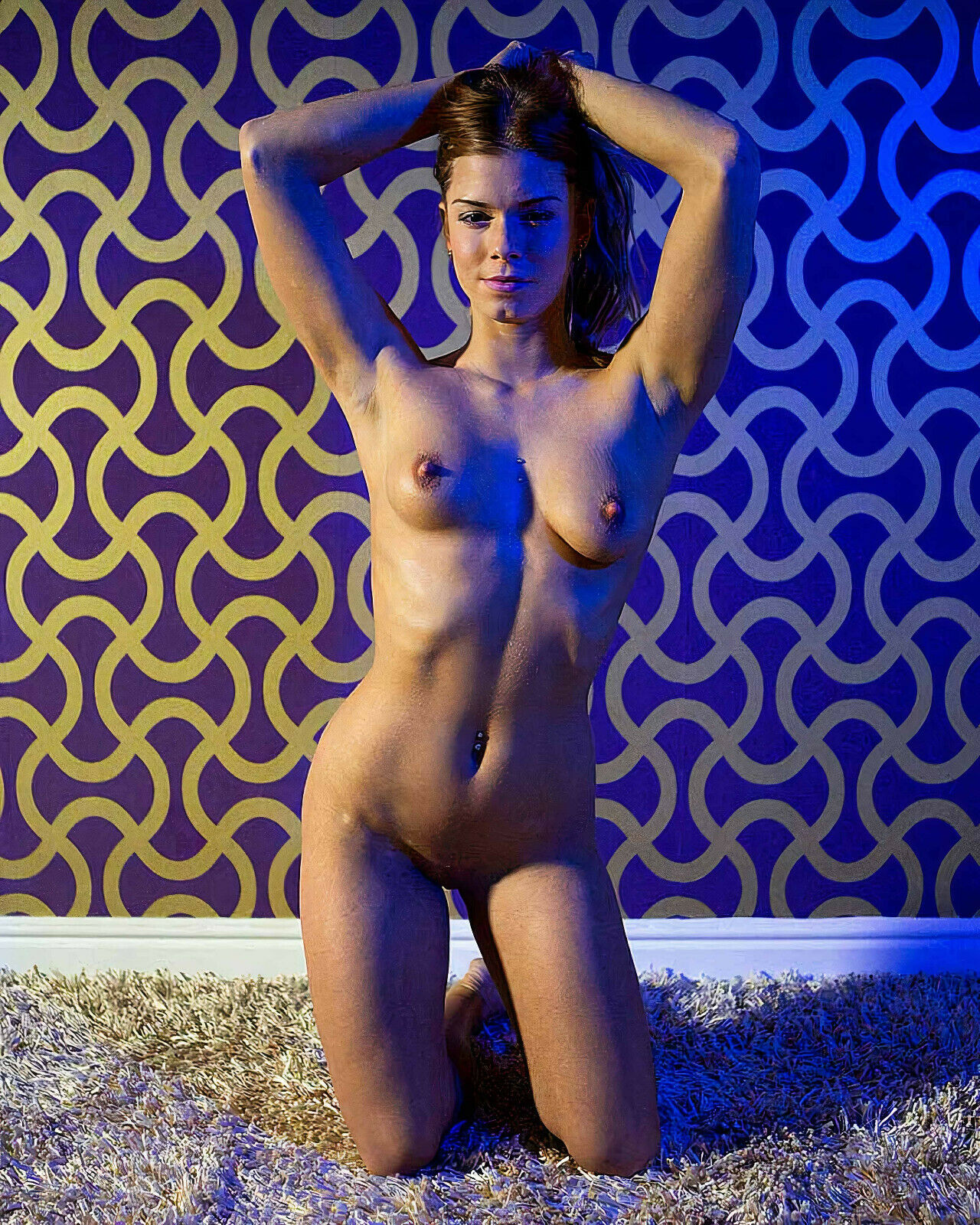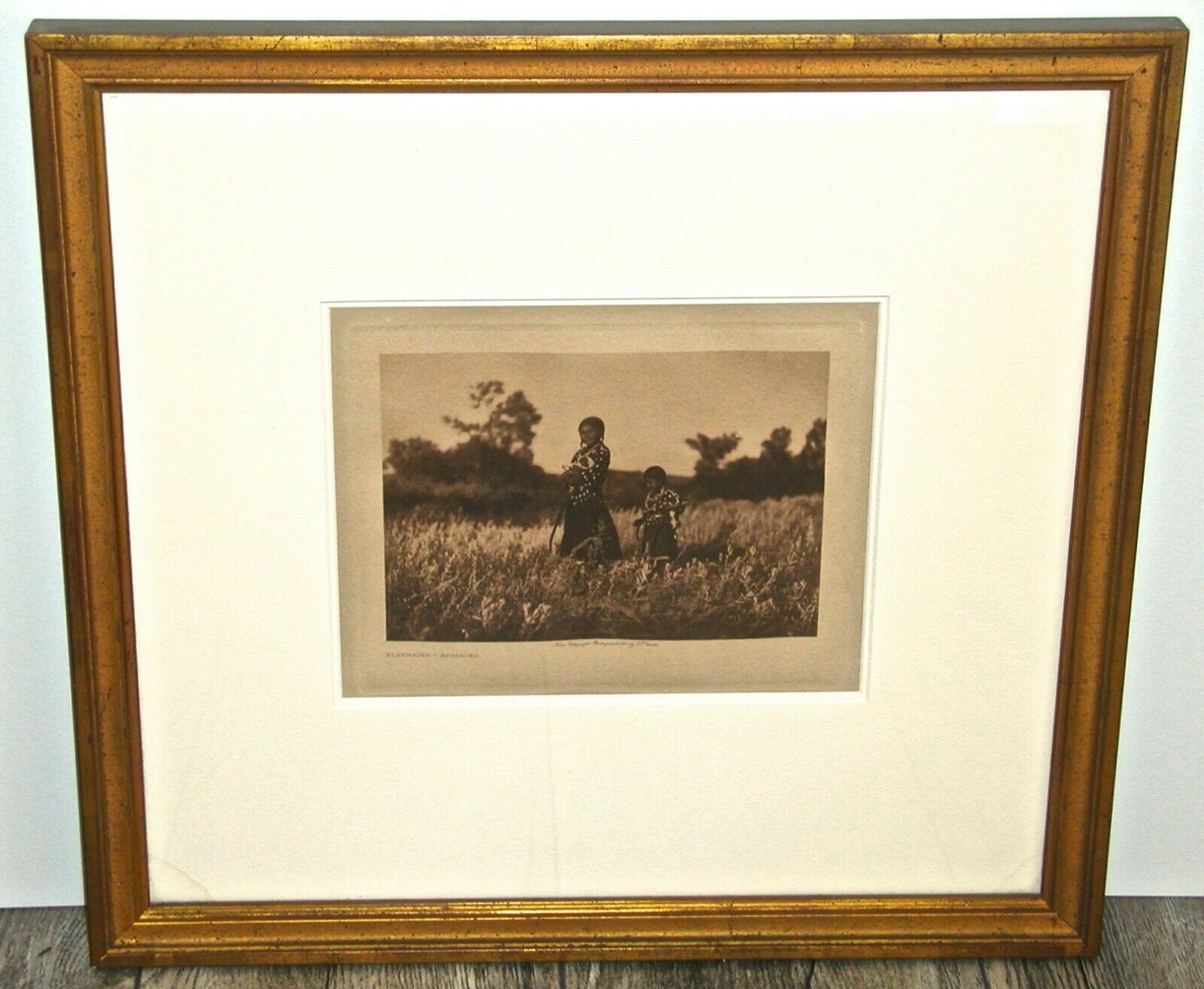-40%
Original David LaChapelle Bebe Campaign Artist's Proof Model Nina Brosh 1990s
$ 2.61
- Description
- Size Guide
Description
ITEM: This is a late 1990s vintage and original proof ad slick from a Bebe campaign shot by David LaChapelle and featuring model Nina Brosh. This large format photo was LaChapelle's personal proof example and was later given to the photographer's archivist. A fantastic vintage fashion glam shot that evokes the glamour and style of 1930s Hollywood.Measures 10" x 12"
Guaranteed to be 100% vintage and original from Grapefruit Moon Gallery.
More about David LaChapelle:
David LaChapelle (born March 11, 1963) is an American commercial photographer, fine-art photographer, music video director, and film director.
He is best known for his photography, which often references art history and sometimes conveys social messages. His photographic style has been described as "hyper-real and slyly subversive" and as "kitsch pop surrealism". Once called the Fellini of photography, LaChapelle has worked for international publications and has had his work exhibited in commercial galleries and institutions around the world.
David LaChapelle was born in Hartford, Connecticut to Philip and Helga LaChapelle; he has a sister Sonja and a brother Philip. His mother was a refugee from Lithuania who arrived at Ellis Island in the late 1960s. His family lived in Hartford until he was 9. He has said to have loved the public schools in Connecticut and thrived in their art program as a child and teenager, although he struggled with bullying growing up. Then he moved to Raleigh, North Carolina, with his family, where they lived until he was 14, before moving back to Fairfield, Connecticut. He was bullied in his North Carolina school for his sexuality. When he was 15, he ran away from home to become a busboy at Studio 54 in New York City. Eventually he returned to North Carolina to enroll in the North Carolina School of the Arts.
His first photograph was of his mother Helga on a family vacation in Puerto Rico. LaChapelle credits his mother for influencing his art direction in the way she set up scenes for family photos in his youth.
LaChapelle was affiliated in the 1980s with 303 Gallery which also exhibited artists such as Doug Ait. After people from Interview magazine saw his work exhibited, LaChapelle was offered work with the magazine. When LaChapelle was 17 years old, he met Andy Warhol, who hired him as a photographer for Interview. Warhol reportedly told LaChapelle "Do whatever you want. Just make sure everybody looks good." LaChapelle's images subsequently appeared on the covers and pages of magazines such as Details, GQ, i-D, The New York Times Magazine, Rolling Stone, The Face, Vanity Fair, Vogue Italia, and Vogue Paris.
LaChapelle's work has been called "meticulously created in a high-gloss, color-popping, hyper-realistic style", and his photos are known to, "crackle with subversive – or at least hilarious – ideas, rude energy and laughter. They are full of juicy life." In 1995 David LaChapelle shot the famous 'kissing sailors' advertisement for Diesel. It was staged at the peace celebration of World War II and became one of the first public advertisements showing a gay or lesbian couple kissing. Much of its controversy was due it being published at the height of the Don't ask, Don't tell debates in United States, which had led to the U.S. Government to bar openly gay, lesbian, or bisexual persons from military service. In a long article published by Frieze in 1996, the advertisement was credited for its "overarching tone of heavy-handed humor and sarcasm". In September 2011 when the Don't ask, Don't tell law was finally removed by President Barack Obama, Renzo Rosso, the founder and president of Diesel, who originally had approved and pushed for the advertisement, said "16 years ago people wouldn't stop complaining about this ad. Now it's finally accepted legally."
Themes in LaChapelle's art photography, which he has developed in his Maui home, include salvation, redemption, paradise, and consumerism. It is clear that LaChapelle's moving in this, "new direction highlights his interest and understanding of both contemporary practice and art history".
LaChapelle's images "both bizarre and gorgeous have forged a singular style that is unique, original, and perfectly unmistakeable." His photographs have been collected in a number of books. LaChapelle Land (1996) was selected as one of 101 "Seminal Photographic Books of the Twentieth Century" and is "highly valued by collectors". His second book, Hotel LaChapelle (1999), was described as a "garish, sexy, enchanting trip". Heaven to Hell (2006) featured "almost twice as many images as its predecessors", and "is an explosive compilation of new work by the visionary photographer." LaChapelle, Artists and Prostitutes (2006), a limited-edition, signed, numbered book contains 688 pages of photographs taken between 1985 and 2005. Artists and Prostitutes was published by Taschen and includes a photograph of the publisher Benedikt Taschen in a sadomasochism scene.
In the last decade, LaChapelle has returned to a focus on fine art photography and has exhibited his work in several galleries and museums. LaChapelle has had solo museum exhibitions at the Barbican Museum in London (2002), Kausthaus Wien in Vienna (2002), Palazzo Reale in Milan (2007), Museo del Antiguo Colegio de San Ildefonso in Mexico City (2009), the Musee de La Monnaie in Paris (2009), the Museum of Contemporary Art in Taipei (2010), and the Tel Aviv Museum of Art in Israel (2010), in which he was awarded artist of the year. LaChapelle joined permanent acquisitions at both the National Portrait Museum in London and the Bayerische Staatsoper Portrait Gallery in Munich.
By 2011, LaChapelle had an exhibition at the Lever House in New York and retrospectives at the Museo Arte Contemporáneo de Puerto Rico, the Hanagaram Design Museum in Seoul, and Galerie Rudolfinum in Prague. In the following years, LaChapelle's works were also exhibited at the Los Angeles County Museum of Art in LA (2012), the Musée d’Orsay in Paris (2013), and the National Portrait Gallery in Washington D.C. (2014). His retrospective at Fotografiska Museet in Sweden (2013), was the largest solo artist show the museum had ever exhibited.
In 2014, LaChapelle exhibited his series, ‘Land Scape’ in New York, Vienna, London, and Paris. Other shows include OstLicht Galerie fur Fotografie in Vienna, Austria, MAC Lima in Peru, Palazzo delle Esposizioni in Rome, and Museo de Arte Contemporáneo in Chile. In 2016 LaChapelle's work was showcased at The Victoria and Albert Museum in London, DSC Gallery in the Czech Republic, at several venues in Montevideo in Uruguay and at the Edward Hopper House in New York. In 2018, LaChapelle exhibited ten of his series for a couple of months. In one big exhibition, which is named, Good News For Modern Man, in the Groninger Museum (The Netherlands).
LaChapelle cites a number of artists who have influenced his photography. In a 2009 interview, he mentioned the Baroque painters Andrea Pozzo and Caravaggio as two of his favorites. A critic has noted that LaChapelle's work has been influenced by Salvador Dalí, Jeff Koons, Michelangelo, Cindy Sherman, and Andy Warhol. Richard Avedon noted that of all the photographers inventing surreal images, LaChapelle has the potential to be the genre's Magritte. Helmut Newton has also contributed to the discourse on LaChapelle, stating in a NYT article by Cathy Horyn "He [LaChapelle] isn't very impressed by current photography. 'There's a lot of pornographic pictures taken by the young today...A lot of the nudity is gratuitous. But someone who makes me laugh is David LaChapelle. I think he is very bright, very funny, and good'". LaChapelle is Catholic and often uses religious symbolism in his work.
LaChapelle is bipolar, but as he feels drugs do not work for him, he is careful to monitor his mental health. In the mid-1980s, LaChapelle lost his boyfriend of the time to AIDS. He fled to London, where that city's counterculture proved enormously influential in forming his aesthetic. "I thought I’d seen it all. When I went to London, the level of creativity and insanity … they were on a whole other planet." He was particularly struck by that culture's insistence on originality, rather than copying. For him, Los Angeles had been "the literal opposite". While living in London, he married the female publicist of the UK popstar Marilyn; the marriage lasted a year.
In 2006, LaChapelle abruptly left Los Angeles. He moved to a "...very isolated part of Hawaii in this forest. It's off the grid, bio-diesel cars, solar-powered, growing our own food, completely sustainable. I thought 'OK, I'm a farmer now.'" LaChapelle's change in path eventually brought him back to his roots. While in Hawaii, a longstanding colleague invited him to shoot for a gallery, which he hadn't done since his days as a fledgling photographer in New York. "I was really shocked", LaChapelle recalled. "I'm so known as a commercial artist, a big name as a fashion and celebrity photographer, I didn't think a gallery will take me seriously. It's like being reborn; it's like rebirth; it's like starting over. It's back to where I started, where I very first started in galleries when I was a kid. It's just come full circle."
Biography From Wikipedia


